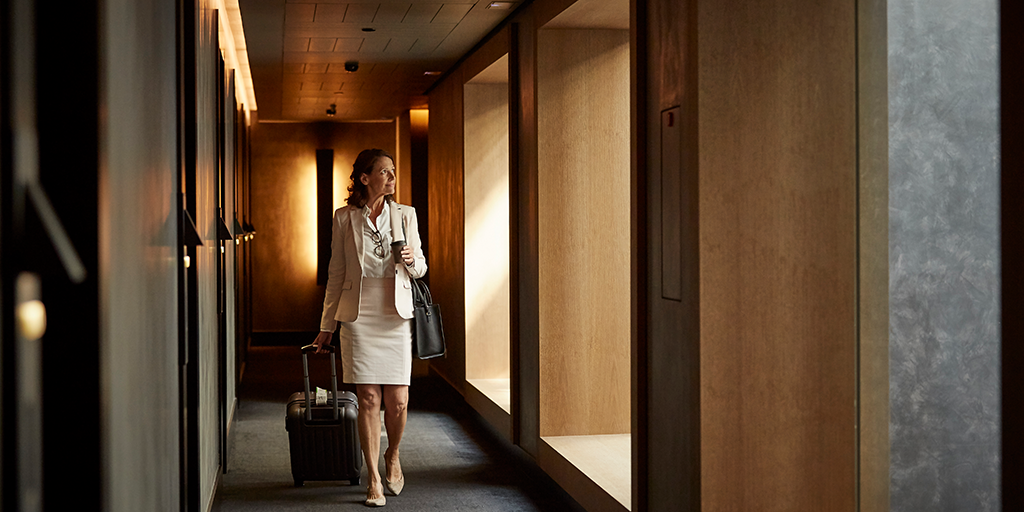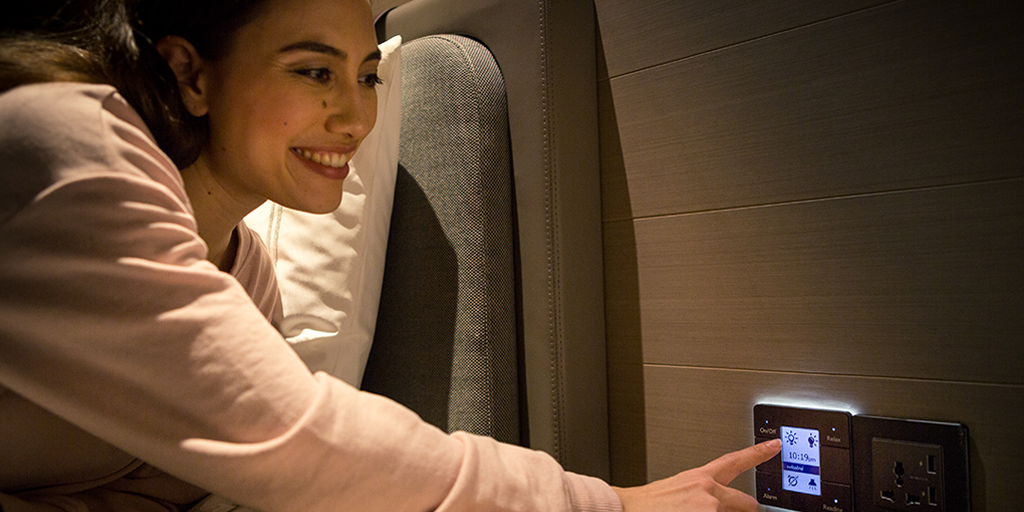Smart controls should be part of every hospitality enterprise’s strategy—providing reliable energy management, enhancing guest comfort, and providing rich insight to help easily self-manage operations today and into the future. The time and money saved will allow hoteliers to focus on what matters the most—their guests.
The key to energy optimization in the hospitality sector
Sustainability is a constant in every aspect of modern life, a moral imperative given the clear evidence of climate change. For businesses, it can also be a market differentiator and a direct contributor to the bottom line. Businesses that embrace sustainability are increasingly attractive for consumers, with research indicating that consumers of all generations have a preference for sustainable products, and are even willing to pay higher prices.
Sustainable practices are especially important in hospitality, with hotels traditionally among the most energy-intensive building types. Hoteliers worldwide are already making highly commendable sustainability actions and pledges, from removing single use plastics to employing water-saving solutions and even adding solar and greenwalls where possible. These actions are visible to guests through initiatives like TripAdvisor’s GreenLeaders program and LEED green building ratings.
Every effort to make an operation green makes a positive contribution, with energy management delivering one of the highest and most easily measured of all cost saving impacts. Reducing energy consumption is especially relevant now, at a time when prices are rising and access to energy sources is restricted. Using energy wisely and saving costs is easier than ever before, given the capabilities of smart controls and connected LED lighting.
Empty spaces, occupied spaces
In recent times, most hotels have used a keycard drop at the entrance to a room. When a key is inserted, the room is activated, when the key is removed power is cut from the lights and other services. While straightforward, this approach has proven to be unreliable. Guests are issued multiple keys they can leave in all day, sometimes a business card works, and often hotel staff leave a spare key in the slot to keep the room “always ready” for the next arrival.
The key to making guest room power savings both reliable and highly convenient for guests is to remove the need for any manual interaction. By considering the real-time context of a room, smart controls can fully automate the energy savings, while at the same time ensuring that guest comfort is never compromised.
In doing this, context is king: understanding whether a room is sold, if there is someone currently inside, and if an occupant is a guest or a member of staff. The methods for achieving such insight may sound high tech, but hotels of all sizes and star ratings can now do so affordably.
Your existing PMS (property management system) is already capable of integration, providing a key metric of sold vs. unsold. With this data available, smart controls can already move automatically between a deep energy-saving and guest-ready states, resetting the room to the hotel defaults before the next stay.
Inside the room, discreet occupancy sensors can be installed in the ceiling to capture movement, while a sensor in the doorframe provides an event to check if people have entered or left the room. Combining this data, smart controls can reliably and quickly determine real-time occupancy.
Combining these metrics, you can make micro changes to rooms—stepping the temperature back 1 or 2 degrees, turning off lights, closing curtains, and switching off the TV when a room is unsold or a guest is away. You can also ensure a proper welcome experience: as soon as guests enter, they are instantly presented with the appropriate a day or night lighting scene, the curtains are opened, and, if mid-stay, their personal temperature settings are resumed.
Optimization through insight
When visualized and analyzed, the data collected from a smart control system can provide rich insight on how guests use and personalize the settings in their rooms. This can help property managers make informed decisions on their defaults, adjusting them to better match guest preferences
For example, historical information on how hotel guests personalize the set point after check-in can help adjust the default temperature setting to better match guest preferences. This can even be done seasonally, balancing perfectly guest comfort and energy use, in line with the climate outside the hotel.
In the future, sensors may be configured to feed the large amounts of information that they collect into cloud-based AI applications that find patterns and interconnections. Such patterns could help operations managers make even more informed decisions on how to optimize energy use and enhance guest comfort.
Good for the earth, good for business
A sustainable operation is positive not only for your business, but also for the environment, your profitability, and consumer preference and loyalty.
Hoteliers will likely be compelled to employ energy optimization approaches in the near future. The EU Green Deal, introduced in late 2019, aims to achieve carbon neutrality by 2050, and will almost certainly do so with support from new energy-efficiency standards. The Paris Agreement, meanwhile, obligates the hospitality sector to cut its carbon emissions by 90% by 2050.
In the United States, expansive climate initiatives like the Green Deal have yet to be legislated on the federal level, but energy optimization remains an important value in progressive states. California leads the way, with its forward-looking 2022 Building Energy Efficiency Standards, along with Washington and its recently adopted Clean Buildings Performance Standard.
Public policy developments like these will continue to compel the hospitality industry to take sustainability ever more seriously, but there is no need to wait—smart controls are already mature, reliable, and affordable, meaning that hotels can start to enjoy their benefits today.
A building block of the future
Smart controls, working together with other systems, are one of many technology solutions that the hospitality sector can use to move toward its sustainability goals.
Looking to the building’s lighting fixtures, standard incandescent lamps typically use 60 watts of power to generate 800 lumens of light, while an LED lamp can produce the same amount of light for under 10 watts. LED lamps also last many times longer than conventional lamps, reducing outages and maintenance costs for lamp replacements. Combined with smart controls, LED lighting can save up to 80% in lighting-related energy costs over comparable conventional systems. Not to mention the enhanced personalization and well-being guests can enjoy, using dimming and bio-adaptive lighting to support relaxation and a great night’s sleep.
Smart controls should be part of every hospitality enterprise’s strategy—providing reliable energy management, enhancing guest comfort, and providing rich insight to help easily self-manage operations today and into the future. The time and money saved will allow hoteliers to focus on what matters the most—their guests.






